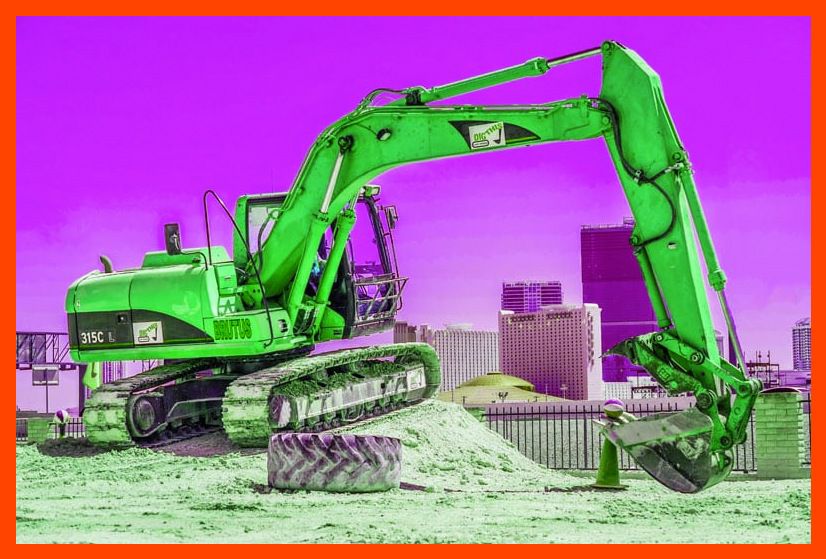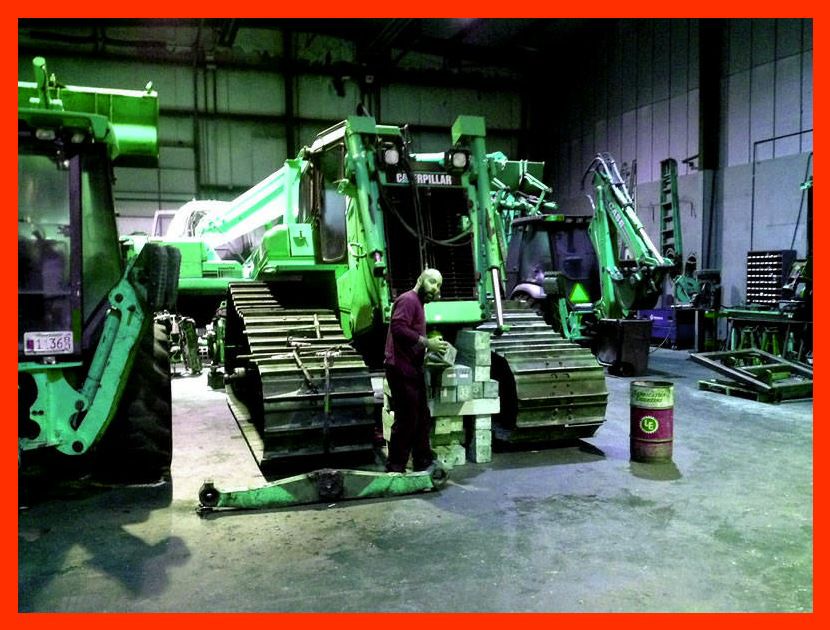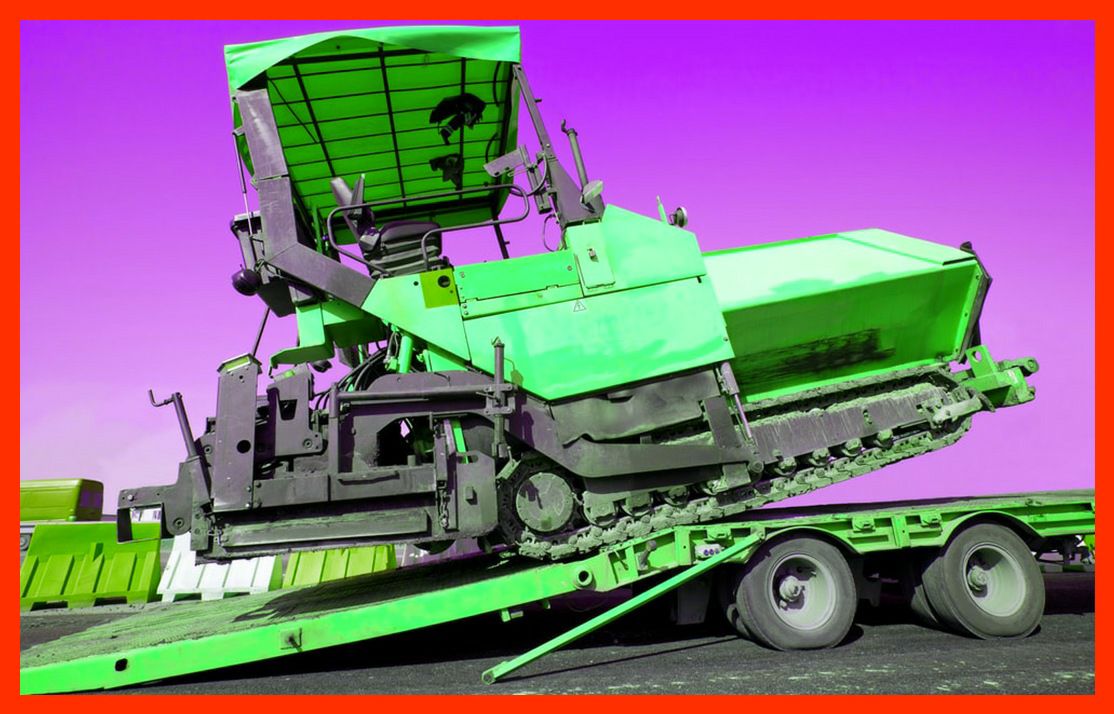
Excavating Equipment Unearthing the Secrets of Efficient Digging
If you’ve ever marveled at the construction of a towering skyscraper or the creation of a new highway, you’ve witnessed the incredible power of excavating equipment in action. These mechanical giants are the unsung heroes of the construction world, quietly shaping our landscapes and cities. In this article, we’ll delve into the fascinating world of excavating equipment, exploring their types, functions, and the vital role they play in modern construction.

The Evolution of Excavating Equipment
Let’s start by traveling back in time to when excavation meant backbreaking manual labor. Before the advent of modern excavators and bulldozers, workers had to dig trenches, remove debris, and move earth using shovels, pickaxes, and sheer manpower. It was slow, grueling work that limited the scope of construction projects.
Fast forward to today, and you’ll find a wide array of powerful machines designed for various excavation tasks. Excavators have evolved from basic digging machines to sophisticated pieces of engineering marvels, capable of precise movements and heavy lifting.
Types of Excavating Equipment
Excavating equipment comes in various shapes and sizes, each designed for specific tasks. Here are some of the most common types:
1. Excavators: These are the workhorses of excavation, equipped with a bucket and an arm that can rotate 360 degrees. Excavators excel at digging deep holes and lifting heavy loads.
2. Bulldozers: If you need to move vast quantities of earth, bulldozers are your go-to machines. They have a large blade at the front that pushes dirt and debris aside.
3. Backhoes: Combining the capabilities of a loader and an excavator, backhoes are versatile machines that can dig, lift, and load materials with precision.
4. Diggers and Trenchers: When you need to dig narrow, deep trenches, these specialized machines are the answer. They ensure accuracy in utility line installations.
5. Loaders: Front-end loaders are powerful tools for loading materials like sand, gravel, or debris into trucks. They come in various sizes to suit different needs.
How Do Excavators Work?
Ever wondered how an excavator can scoop up tons of soil without toppling over? It’s all about balance and hydraulic power. Excavators use hydraulic fluid pressure to control the arm’s movements, allowing for precise digging and lifting. The counterweights at the back keep the machine stable during operation.
The Bulldozer: Pushing the Limits
Imagine a massive bulldozer roaring to life, its mighty blade ready to reshape the earth. Bulldozers are the giants of the excavation world, capable of moving mountains of soil in no time. These powerful machines are essential for leveling ground, clearing debris, and preparing the terrain for construction.
Backhoes: The Swiss Army Knife of Construction
Backhoes are like the Swiss Army knives of the construction site. With a front loader bucket and a backhoe attachment at the rear, they can tackle a wide range of tasks. From digging trenches for pipelines to lifting heavy materials, backhoes are incredibly versatile.
Diggers and Trenchers: Precision in the Dirt
When precision matters, diggers and trenchers step in. These machines excel at creating narrow, deep excavations for utilities like water pipes and electrical lines. Their accuracy ensures that underground infrastructure remains intact.
Loaders: The Muscle Behind the Operation
Loaders are the muscle of the excavation team. They scoop up materials and load them into trucks, making them indispensable for tasks like loading gravel, sand, or debris. The different loader attachments provide flexibility for various jobs.
Excavating Equipment’s Environmental Impact
While excavating equipment has revolutionized construction, it’s essential to consider its environmental impact. The fuel consumption and emissions from these machines can contribute to air pollution and climate change. Many construction companies are adopting eco-friendly practices, such as using hybrid or electric excavators, to reduce their carbon footprint.
Safety First: Operating Excavators Responsibly
Safety is paramount in the world of excavation. Operating heavy machinery requires skill and caution. Operators must undergo rigorous training to ensure the safety of themselves and others on the construction site. It’s essential to follow safety protocols and wear appropriate protective gear when working with excavating equipment.
Maintenance and Care
Like any machinery, excavators and other equipment require regular maintenance to perform at their best. Routine checks, oil changes, and inspections are vital to prevent breakdowns and extend the lifespan of these expensive machines. Neglecting maintenance can lead to costly repairs and project delays.
Conclusion
In conclusion, excavating equipment has come a long way from the days of manual labor. These mechanical marvels have revolutionized construction, making it faster, more efficient, and safer. From excavators to bulldozers, each machine plays a crucial role in shaping our modern world.
FAQs About Excavating Equipment
1. What is the difference between an excavator and a backhoe?
Excavators are primarily used for digging deep holes and lifting heavy loads, while backhoes combine the functions of a loader and an excavator, making them more versatile.
2. How do bulldozers steer?
Bulldozers use differential steering, where the tracks on one side of the machine rotate at different speeds to turn.
3. Are there eco-friendly excavating equipment options?
Yes, some construction companies are using hybrid or electric excavators to reduce emissions and their environmental impact.
4. What safety precautions should operators take when using excavators?
Operators should undergo training, wear safety gear, and follow safety protocols to prevent accidents and ensure their safety and the safety of others on the site.
5. How often should excavating equipment undergo maintenance?
Regular maintenance, including checks, oil changes, and inspections, should be conducted as recommended by the manufacturer to prevent breakdowns and ensure optimal performance.
Excavating equipment is the backbone of modern construction, and understanding its various types and functions is essential for anyone interested in the construction industry. Whether you’re a construction enthusiast or just curious about the machinery that builds our world, excavating equipment is a fascinating subject that continues to evolve and shape the way we build our cities and infrastructure.



